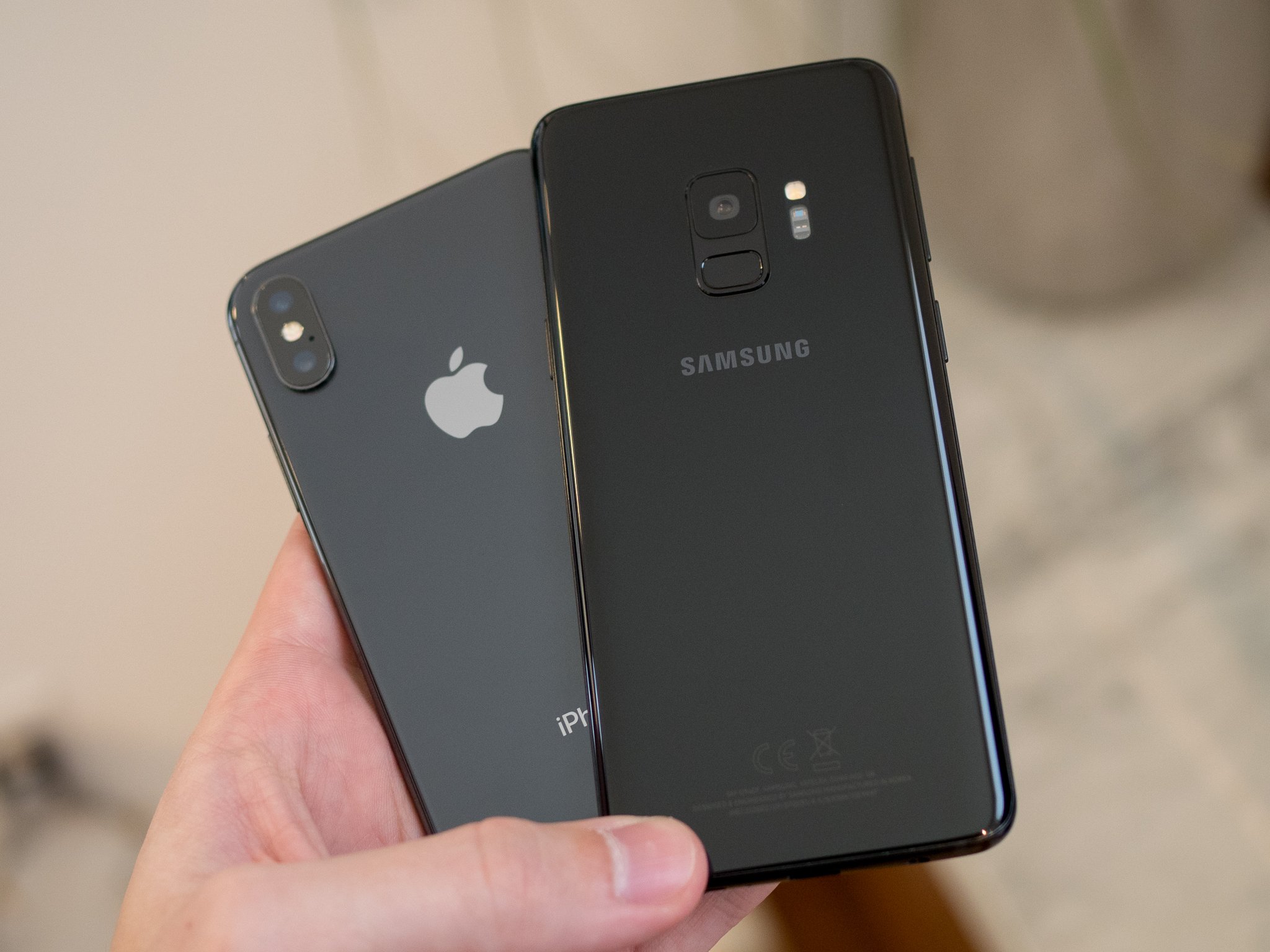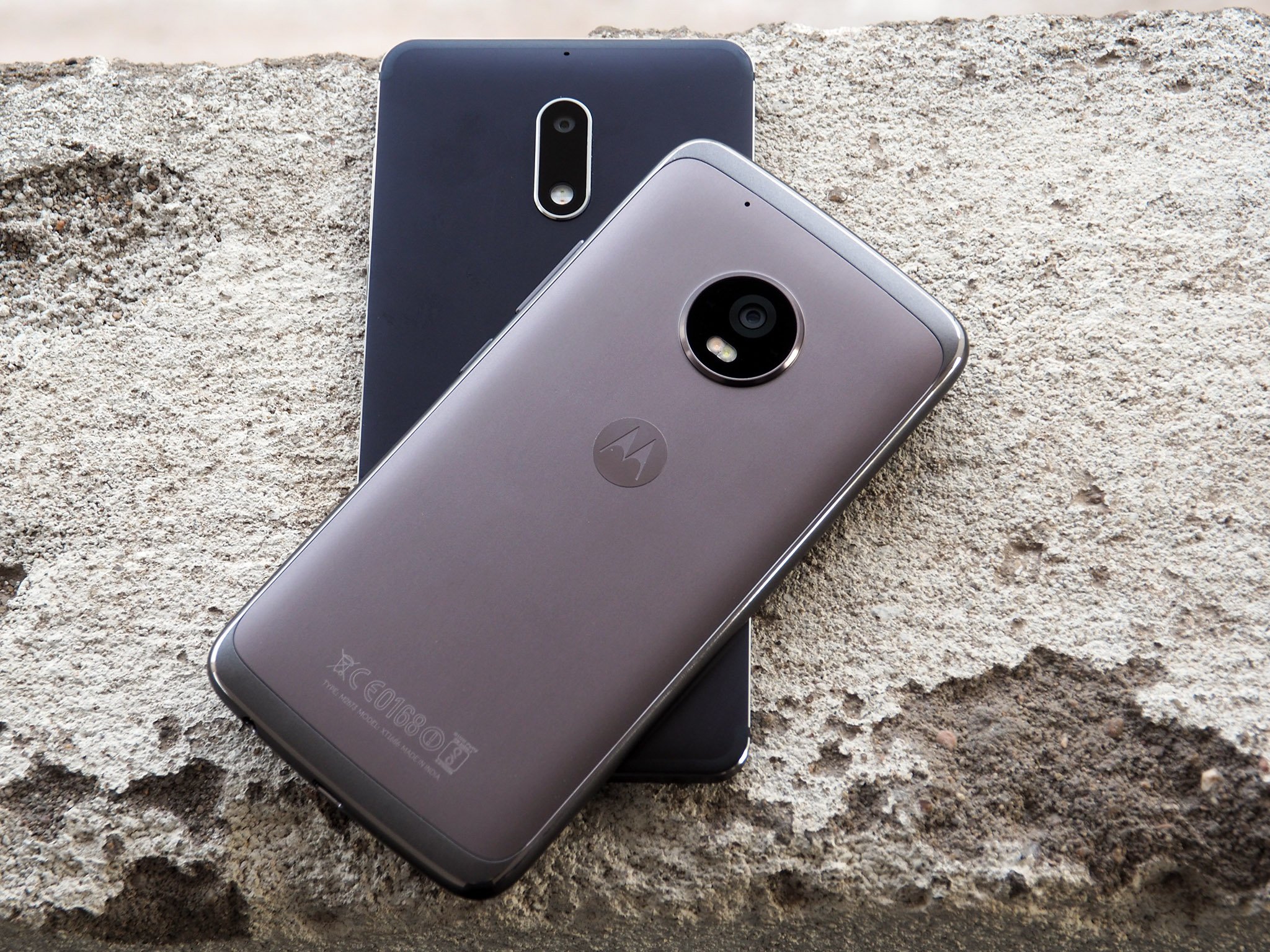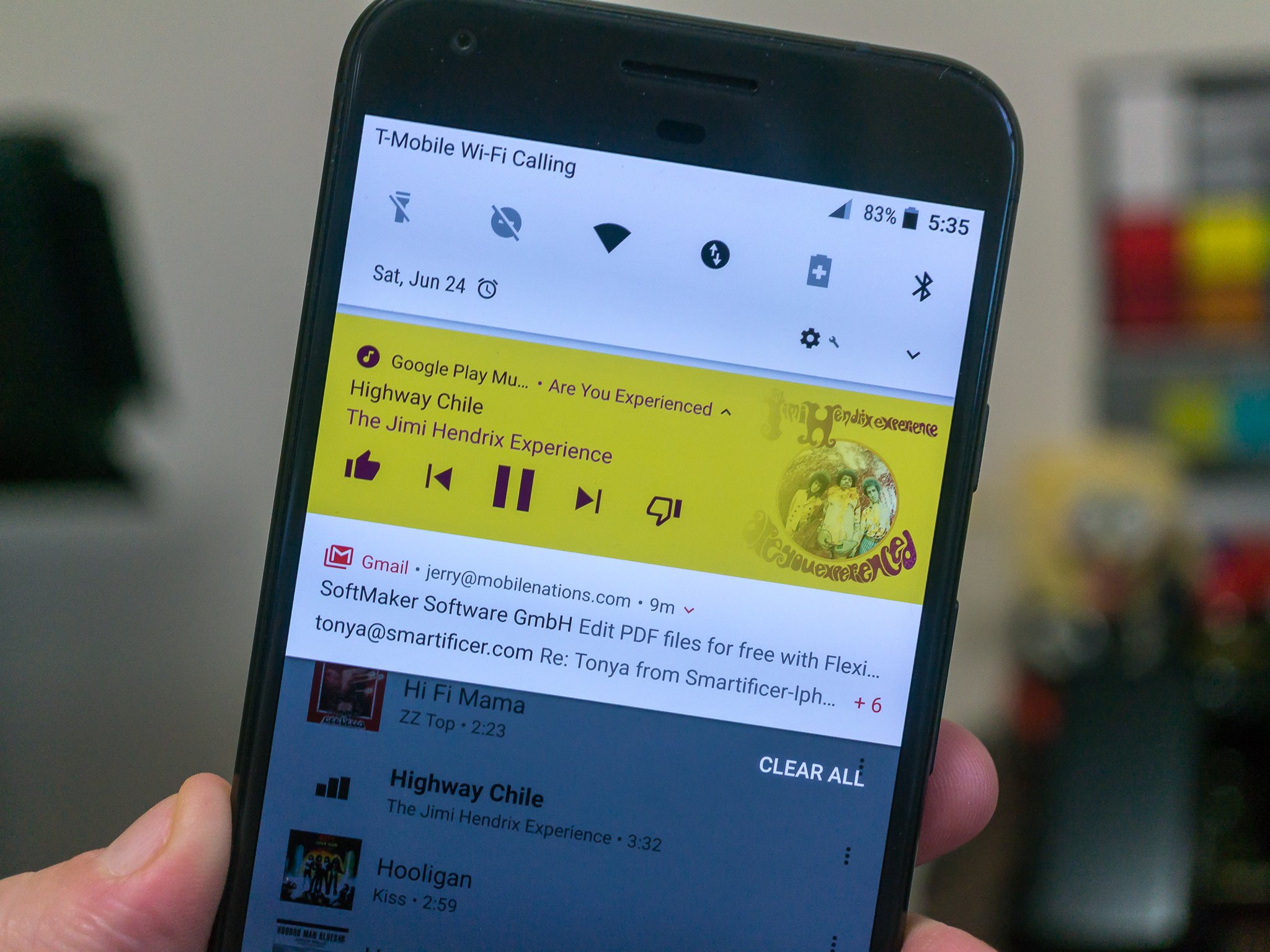 Dual wielding can be a drag — but it doesn't have to be.
At some point in your life (especially if you're around me), you've probably come across someone in possession of two phones. Maybe they were talking on one and browsing on the other (remember the days before VoLTE?). Maybe one was in their hand and the other was attached to a clip on their belt.
Maybe they were just walking around with both phones in their hands, paying no mind to where they were going and bumping into people on the streets.
Whatever the case, as strange as it seems, there are plenty of reasons to lead a two-phone life — we'll get to that in a second — so how do you get on board and keep things running smoothly?
Why would you carry two phones?
Dual wielding can be a drag — but it doesn't have to be.
At some point in your life (especially if you're around me), you've probably come across someone in possession of two phones. Maybe they were talking on one and browsing on the other (remember the days before VoLTE?). Maybe one was in their hand and the other was attached to a clip on their belt.
Maybe they were just walking around with both phones in their hands, paying no mind to where they were going and bumping into people on the streets.
Whatever the case, as strange as it seems, there are plenty of reasons to lead a two-phone life — we'll get to that in a second — so how do you get on board and keep things running smoothly?
Why would you carry two phones?
![]() So what would bring someone to carry two phones in the first place? After all, that's twice as many batteries to charge, twice as many pockets to fill, and twice as many things to lose. Maybe you're a phone reviewer who needs to carry and test multiple devices at a time.
… Wait, you're not? Moving on then.
A more likely explanation is that you were given a phone through work. This makes it easier to keep track of business-related calls, and keeps you from having to give out your personal number to clients. Depending on your job, you might also deal with sensitive information that you're only allowed to store on company property.
You might just spend a lot of time in areas with spotty coverage; maybe AT&T works great where you live, but only Verizon has service where you work. Hopefully this isn't the case, since paying for two carriers obviously isn't ideal, but on the bright side, if you're able to get a phone through work you'll probably get paid service as well.
There's also the possibility that you're simply an enthusiast who just wants to try more than one phone at a time. Say you want to carry Android and iOS simultaneously, or perhaps one of your phones has excellent battery life while the other takes amazing photos. Maybe you like a big phone for watching videos, but prefer a smaller phone for simpler things like texting.
Keeping both connected
So what would bring someone to carry two phones in the first place? After all, that's twice as many batteries to charge, twice as many pockets to fill, and twice as many things to lose. Maybe you're a phone reviewer who needs to carry and test multiple devices at a time.
… Wait, you're not? Moving on then.
A more likely explanation is that you were given a phone through work. This makes it easier to keep track of business-related calls, and keeps you from having to give out your personal number to clients. Depending on your job, you might also deal with sensitive information that you're only allowed to store on company property.
You might just spend a lot of time in areas with spotty coverage; maybe AT&T works great where you live, but only Verizon has service where you work. Hopefully this isn't the case, since paying for two carriers obviously isn't ideal, but on the bright side, if you're able to get a phone through work you'll probably get paid service as well.
There's also the possibility that you're simply an enthusiast who just wants to try more than one phone at a time. Say you want to carry Android and iOS simultaneously, or perhaps one of your phones has excellent battery life while the other takes amazing photos. Maybe you like a big phone for watching videos, but prefer a smaller phone for simpler things like texting.
Keeping both connected
 No matter your reasoning, the point is that you're living that two-phone life now, and the next step is figuring out how to keep both devices online. After all, what good is it to carry two phones if you're only using one at a time?
As I mentioned before, you might be able to swing a free wireless account from work, but if that doesn't pan out then there are still a few ways to get an active SIM in each phone. If you're willing to shell out the extra cash each month, you could always pay for two wireless accounts, which minimizes the chance that you'll ever be without service, but that's just too much money to really justify.
If you're satisfied with any one carrier's coverage in your area, you could just open an additional line on your existing account to use with your second phone. Family plans are always more cost-effective than individual accounts, and you could save yourself some serious cash by going this route instead.
Assuming your data plan allows for it, you could also just create a mobile hotspot with your main phone to keep the secondary phone connected. It's not exactly ideal, since tethering is known to be a huge battery drain and most carriers charge hefty fees for overusing this feature, but it's a free alternative to paying for a second SIM card if you're not a heavy data user.
About your phone number
No matter your reasoning, the point is that you're living that two-phone life now, and the next step is figuring out how to keep both devices online. After all, what good is it to carry two phones if you're only using one at a time?
As I mentioned before, you might be able to swing a free wireless account from work, but if that doesn't pan out then there are still a few ways to get an active SIM in each phone. If you're willing to shell out the extra cash each month, you could always pay for two wireless accounts, which minimizes the chance that you'll ever be without service, but that's just too much money to really justify.
If you're satisfied with any one carrier's coverage in your area, you could just open an additional line on your existing account to use with your second phone. Family plans are always more cost-effective than individual accounts, and you could save yourself some serious cash by going this route instead.
Assuming your data plan allows for it, you could also just create a mobile hotspot with your main phone to keep the secondary phone connected. It's not exactly ideal, since tethering is known to be a huge battery drain and most carriers charge hefty fees for overusing this feature, but it's a free alternative to paying for a second SIM card if you're not a heavy data user.
About your phone number
 This is where it gets tricky. Unless you have a separate phone number for work, you'll probably want to be reachable with either phone, but phone numbers aren't generally set up to work on more than one device at a time. Luckily there are a couple of ways to get around this.
The solution I've been using for years is Google Voice. You can port your main phone number to Google's servers, then set up call forwarding with dummy numbers on your SIM cards. That way, whenever someone calls you, it'll ring both phones, along with any computer with Gmail open. Of course, you can also set up text messaging, and these days Google Voice even supports MMS.
Another option might come directly from your carrier. Both AT&T and T-Mobile offer Voice-like services, dubbed NumberSync and Digits respectively, that let you sync phone numbers, call logs, text messages, and more just by signing into your account on the corresponding app.
Managing notifications
This is where it gets tricky. Unless you have a separate phone number for work, you'll probably want to be reachable with either phone, but phone numbers aren't generally set up to work on more than one device at a time. Luckily there are a couple of ways to get around this.
The solution I've been using for years is Google Voice. You can port your main phone number to Google's servers, then set up call forwarding with dummy numbers on your SIM cards. That way, whenever someone calls you, it'll ring both phones, along with any computer with Gmail open. Of course, you can also set up text messaging, and these days Google Voice even supports MMS.
Another option might come directly from your carrier. Both AT&T and T-Mobile offer Voice-like services, dubbed NumberSync and Digits respectively, that let you sync phone numbers, call logs, text messages, and more just by signing into your account on the corresponding app.
Managing notifications
 Now that you've got both phones connected and figured out your phone number situation, it's time to do something about all of those notifications. It's great to know what's going on at all times, but when you're carrying two phones, every notification comes in twice, which can quickly drive you crazy on a busier day.
You might consider leaving one phone on silent at all times; this way, only one phone will vibrate when you get a new email or tweet, and you can just dismiss everything whenever you pick up the silent phone. If that sounds like too much of a daily annoyance, though, you can go a bit more in depth with notification management.
Consider disabling select notifications on each phone, based on what apps you use the most on each. For example, if you prefer typing on your smaller phone, turn off notifications from texting and instant messaging apps on the bigger phone. Maybe you'd rather only see emails on your work phone — disable email notifications on your personal phone. Experiment and find out what works best for you!
Do you carry two phones?
Have you ever had to carry two phones at once? Or have dual-SIM devices rendered the two phone lifestyle obsolete? Let us know in the comments below!
Now that you've got both phones connected and figured out your phone number situation, it's time to do something about all of those notifications. It's great to know what's going on at all times, but when you're carrying two phones, every notification comes in twice, which can quickly drive you crazy on a busier day.
You might consider leaving one phone on silent at all times; this way, only one phone will vibrate when you get a new email or tweet, and you can just dismiss everything whenever you pick up the silent phone. If that sounds like too much of a daily annoyance, though, you can go a bit more in depth with notification management.
Consider disabling select notifications on each phone, based on what apps you use the most on each. For example, if you prefer typing on your smaller phone, turn off notifications from texting and instant messaging apps on the bigger phone. Maybe you'd rather only see emails on your work phone — disable email notifications on your personal phone. Experiment and find out what works best for you!
Do you carry two phones?
Have you ever had to carry two phones at once? Or have dual-SIM devices rendered the two phone lifestyle obsolete? Let us know in the comments below!
source: https://www.androidcentral.com/carrying-two-phones-once-how-make-it-work-seamlessly
date: Sat, 03 Mar 2018 14:00:02 +0000
Comments
Post a Comment